Growing Awareness of Health and Hygiene
The Stain Resistant Fabric Market is significantly influenced by the growing awareness of health and hygiene among consumers. In various sectors, including healthcare and education, the demand for fabrics that can resist stains and bacteria is on the rise. This heightened focus on hygiene is prompting manufacturers to innovate and develop advanced stain-resistant technologies that not only repel stains but also inhibit microbial growth. Recent statistics indicate that the healthcare sector alone is projected to increase its use of stain-resistant fabrics by approximately 7% over the next few years. This trend underscores the importance of hygiene in fabric selection, driving the adoption of stain-resistant materials across multiple industries.
Increased Application in Home Furnishings
The Stain Resistant Fabric Market is witnessing a surge in the application of stain-resistant textiles within home furnishings. As consumers invest more in their living spaces, the demand for durable and aesthetically pleasing fabrics has escalated. Stain-resistant materials are particularly favored for upholstery, curtains, and carpets, as they offer both functionality and style. Market analysis indicates that the home furnishings segment is expected to account for a significant share of the stain-resistant fabric market, with projections suggesting a growth rate of around 6% annually. This trend reflects a broader shift towards high-performance textiles that cater to the needs of modern households, where durability and ease of care are increasingly prioritized.
Rising Demand for Easy Maintenance Fabrics
The Stain Resistant Fabric Market is experiencing a notable increase in demand for fabrics that require minimal maintenance. Consumers are increasingly seeking convenience in their daily lives, leading to a preference for stain-resistant options that simplify cleaning processes. This trend is particularly evident in sectors such as hospitality and healthcare, where the need for hygienic and easily maintainable textiles is paramount. According to recent data, the market for stain-resistant fabrics is projected to grow at a compound annual growth rate of approximately 5.2% over the next five years. This growth is driven by the rising awareness of the benefits of stain-resistant materials, which not only enhance the longevity of products but also contribute to overall cost savings in maintenance.
Shift Towards Sustainable Fabric Solutions
The Stain Resistant Fabric Market is increasingly aligning with the global shift towards sustainability. As consumers become more environmentally conscious, there is a growing demand for stain-resistant fabrics that are produced using eco-friendly materials and processes. Manufacturers are responding by developing sustainable stain-resistant options that do not compromise on performance. This trend is expected to drive market growth, with estimates suggesting a potential increase of 5% in the adoption of sustainable stain-resistant fabrics over the next few years. The emphasis on sustainability not only appeals to environmentally aware consumers but also positions brands favorably in a competitive market, as they seek to differentiate themselves through responsible practices.
Technological Innovations in Fabric Treatment
The Stain Resistant Fabric Market is benefiting from ongoing technological innovations in fabric treatment processes. Advances in chemical engineering and textile manufacturing are enabling the development of more effective stain-resistant treatments that enhance the performance of fabrics. These innovations are not only improving the durability of stain-resistant textiles but also expanding their application across various sectors, including fashion, automotive, and industrial uses. Market forecasts suggest that the introduction of new treatment technologies could lead to a market expansion of approximately 4.5% annually. This growth is indicative of the industry's commitment to meeting evolving consumer demands for high-quality, stain-resistant fabrics that offer superior performance and longevity.


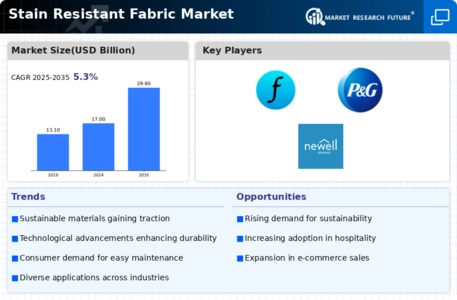
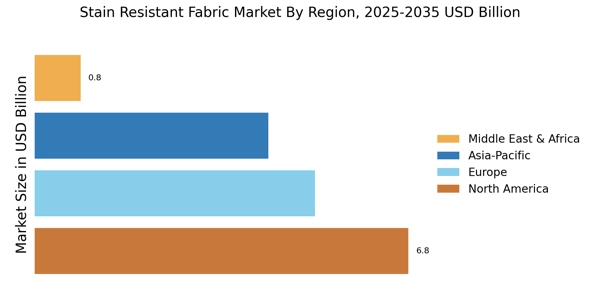



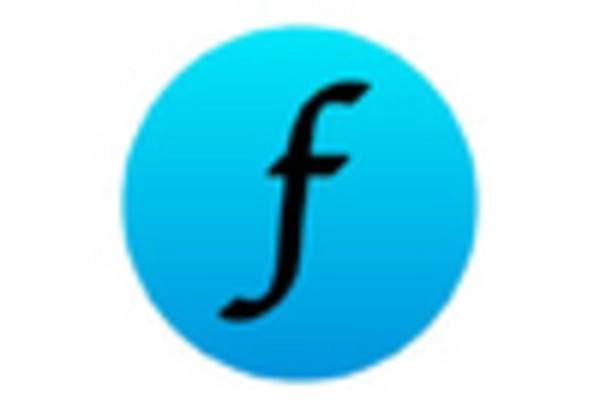
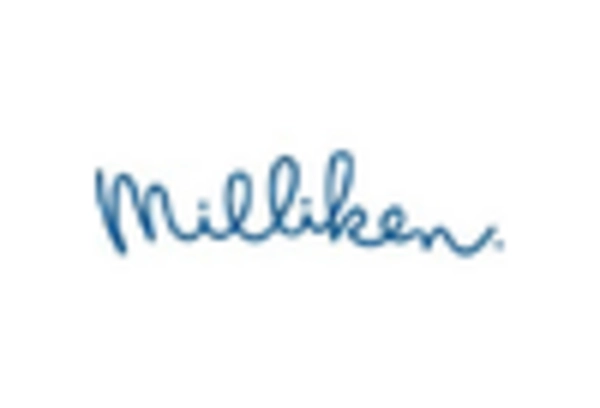
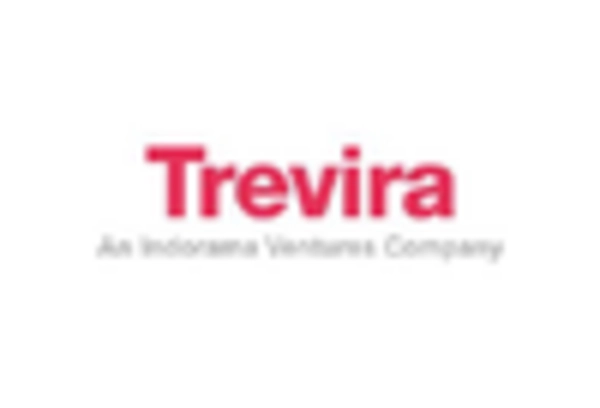








Leave a Comment